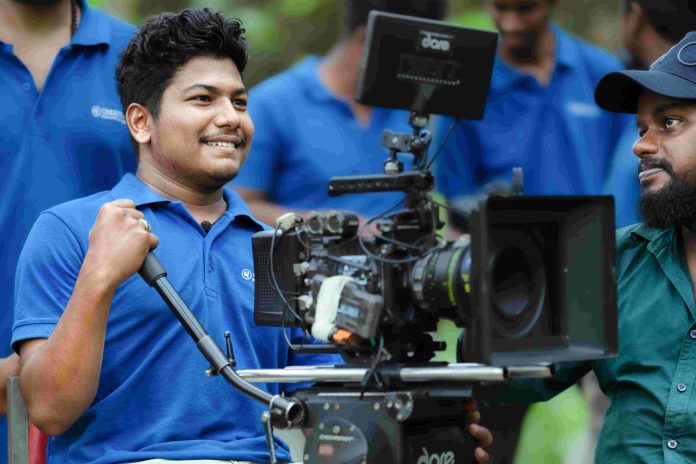The way light is broken up into component colours there will be many different shades that layer to create the illusion of a solid thing.
In our everyday lives, we can see light refraction in a variety of ways. This alters the orientation of the objects on the liquid’s surface, making them appear closer than they are. At the interface, they bend in various directions, thereby allowing them to split. Consequently, the different tints correspond to distinct frequencies. As a result, you will be able to witness the flickering of the lights, and to some extent, the illumination will be visible. Refraction photography refers to photos that capture a refraction effect, where light is bent in glass or water. This is a splendid illustration of refraction! Refraction photography is creative, mind-boggling, and just cool. It’s a terrific way to push yourself as a photographer, and the effect is extremely easy to achieve if we
understand a few tactics. Flowers and water drops make great partners for refraction photography. Using a syringe, drip water over a clear surface, then place a laptop screen beneath it, such as a flower. Get as close as you can, then snap. The second one is the spherical glasses, a refracted picture will appear within the glass if you fill them with water. When set on surfaces, wine glasses do not roll away. I try positioning a filled glass in front of colored paper.
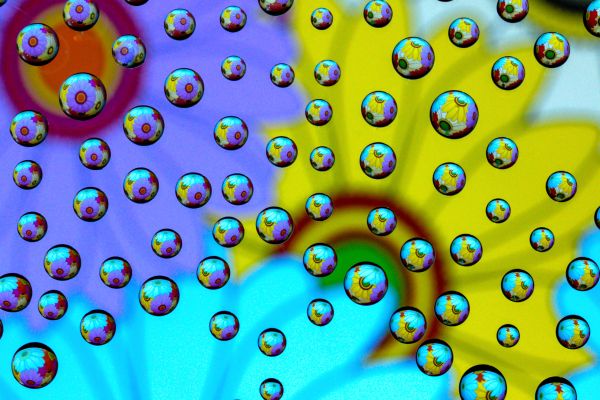
Dew: Moisten with tiny drops
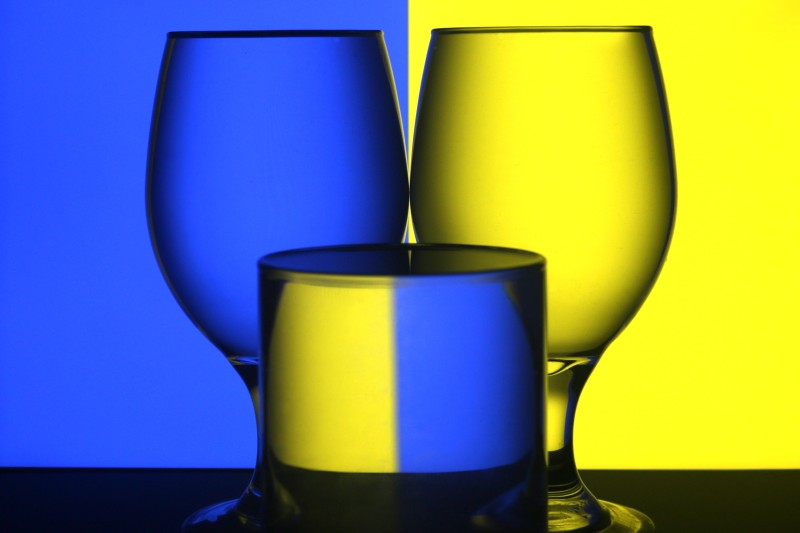
Yellow Blue: Imagination and knowledge
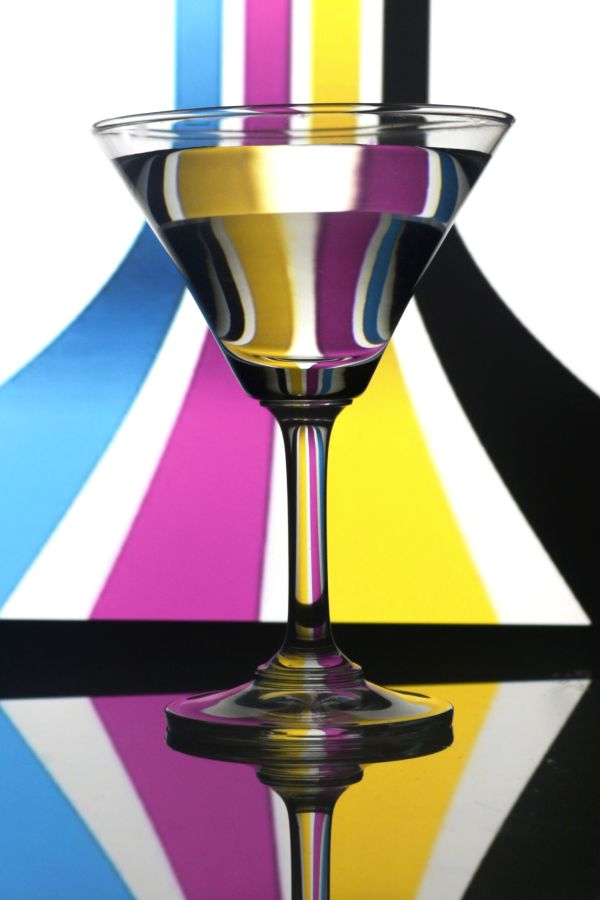
Array: Lines of colours
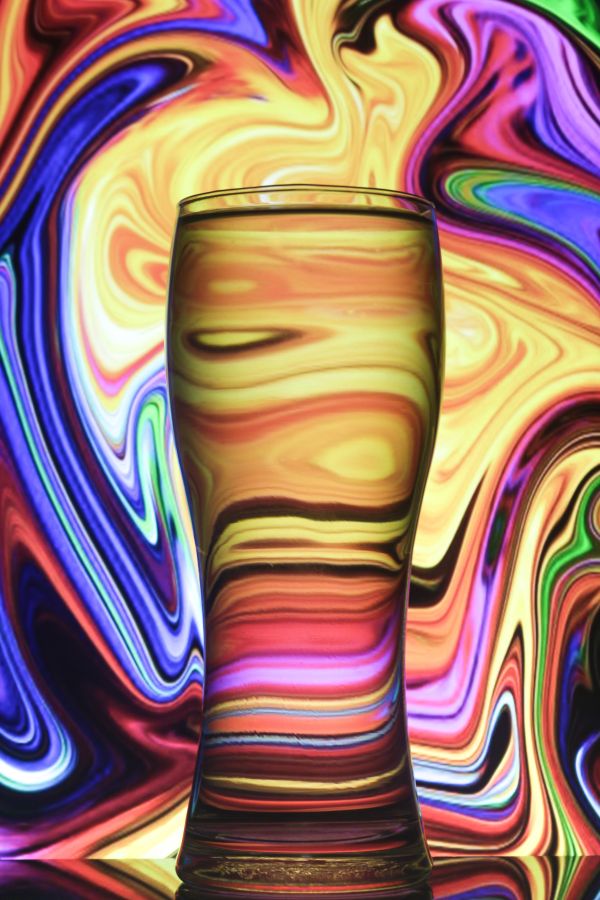
Tones: Hues and Weaves
Copyrights:
All the photos and text in this post are the copyright of Sheryl Denton and the Creative Hut Institute of Photography. Their reproduction, full or part, is forbidden without the explicit approval of the rightful owners


